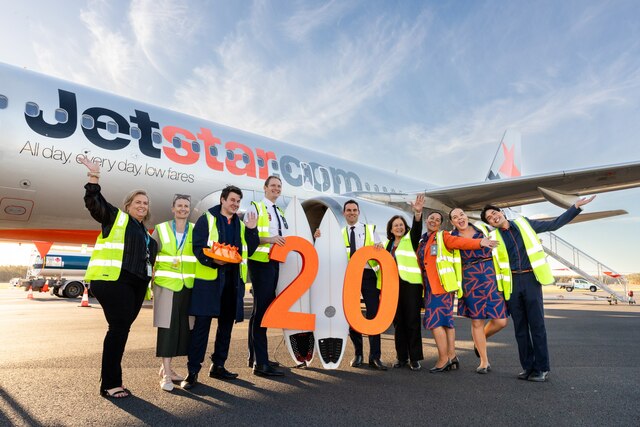The City of Melbourne has adopted the Zero Net Emissions Strategy, which aims to eradicate net greenhouse gas emissions across the municipality by 2020.By 2010, Council is committed to a 30 per cent reduction in the 1996 levels of greenhouse gases emitted from its operations. By 30 June 2002, Council was on track to achieving a 25 per cent reduction.
The City of Melbourne has also officially adopted the Toronto Declaration, which recognises the 1992 Rio Earth Summit call to reduce greenhouse gases by at least 50 per cent to avert significant human induced climate change. Council has worked with the International Council for Local Environment Initiatives Australia – New Zealand to take the Toronto Declaration to other Australian and New Zealand cities.
In 2001-2002, we also completed the annual inventory and public report requirements under the Cities for Climate Protection and Greenhouse Challenge programs. The activities Council implemented internally have reduced greenhouse gas emissions by 8,122 tonnes a year. This is equal to taking more than 3,000 cars off the road a year.
Carbon trading market
Council’s Zero Net Emissions Strategy also outlines its plans to stimulate investment in and use of renewable energy and energy-efficient power and building design. The strategy includes a proposal to be the first city in the world to set up a carbon trading market.
Under the market, companies will be allocated an allowance to emit carbon dioxide. Companies that fall below their ceiling will be able to sell the extra emission rights to those companies that surpass their limits. Companies will be able to decide whether it would be cheaper to upgrade existing facilities with cleaner technology, reduce utilisation rates or to buy extra emission rights on the market.
The strategy offers a bold vision that will reduce damage to the environment and create a competitive advantage to attract business to Melbourne. Part of the benefit of greener buildings is greening the power supply and the city aims to increase renewable energy usage by 20 per cent by 2020.







